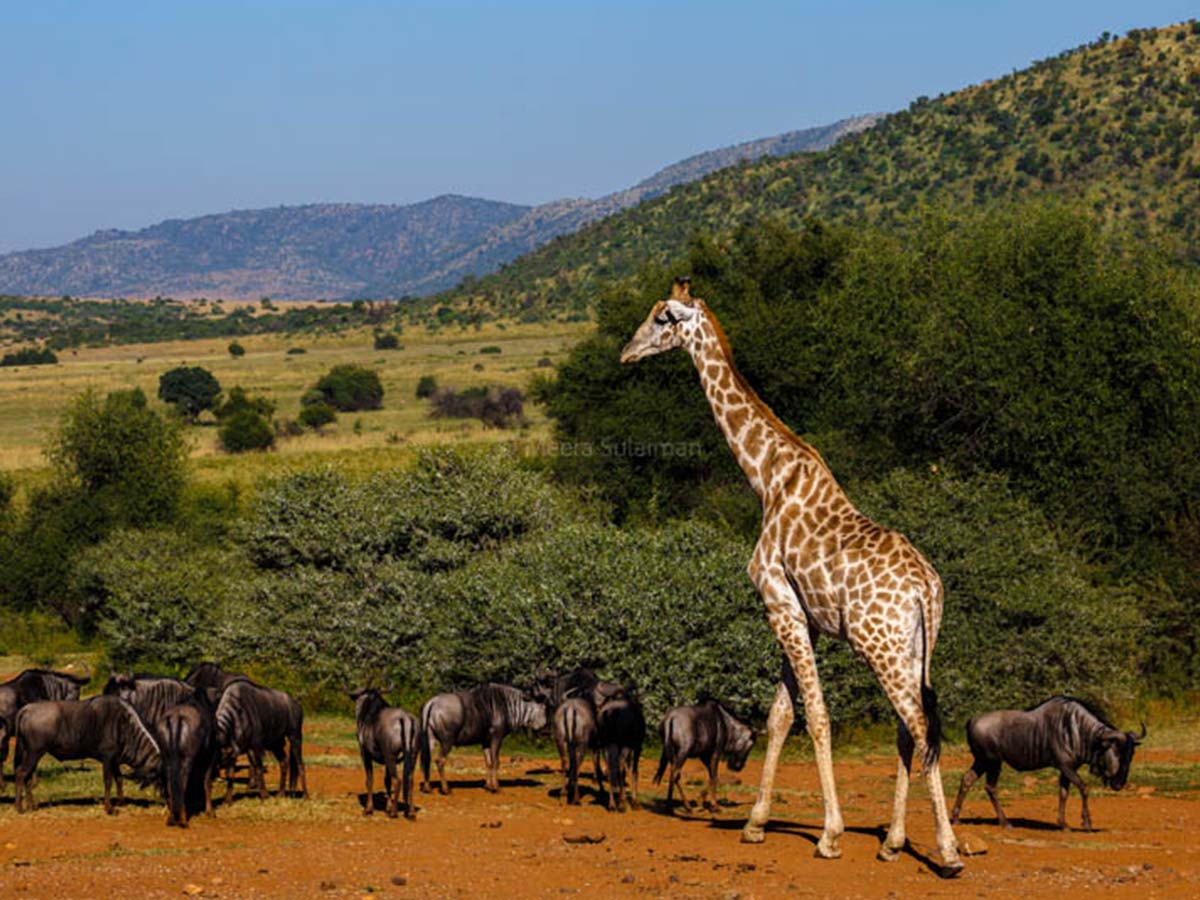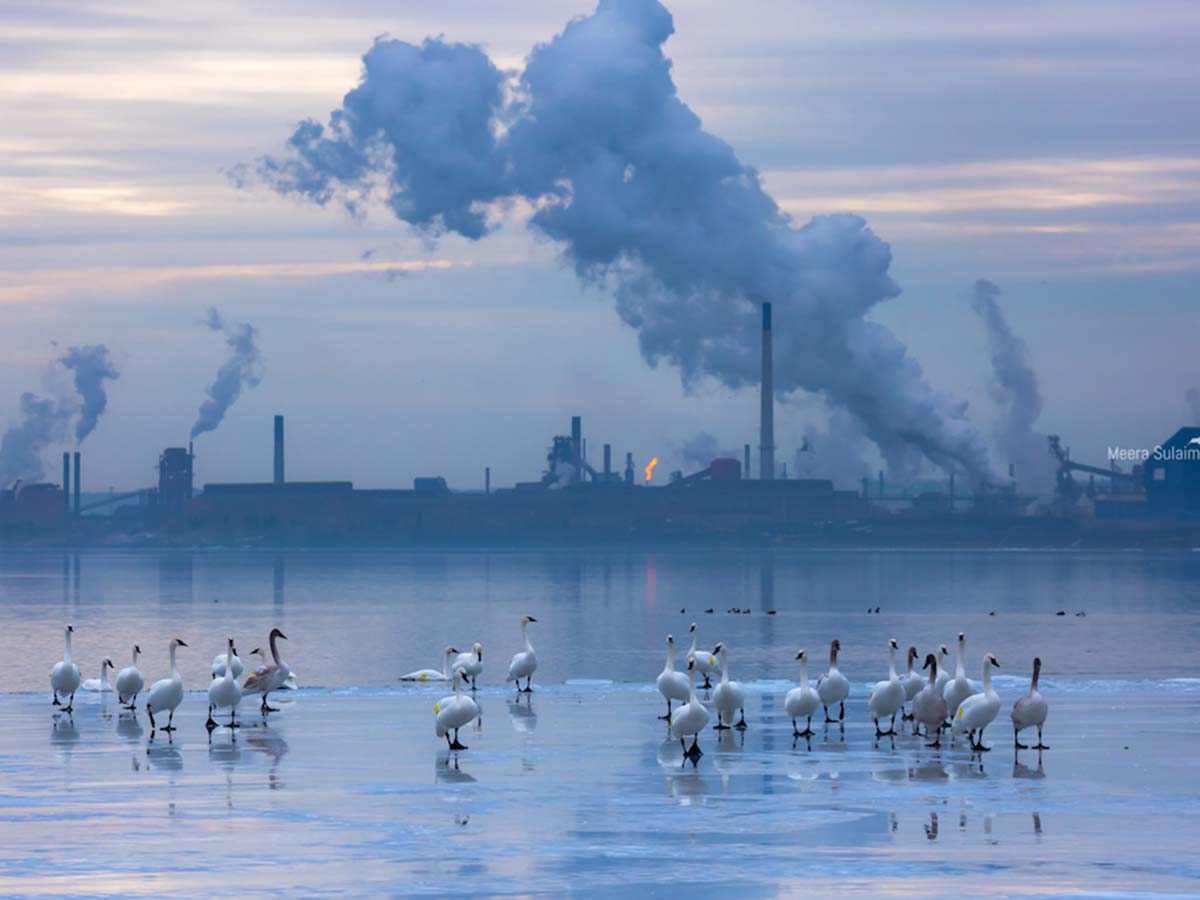After TMU - Meera Sulaiman

Meera Sulaiman
Business Technology Management ’10
Senior Program Management Consultant, Self Employed
Why did you choose to study at Toronto Metropolitan University (formerly Ryerson University)?
I had just migrated to Canada from Sri Lanka, and was looking to continue my studies. After some research, TMU was a natural choice as it offered what I was looking for, which was a combined curriculum of management and technology. Further, as I was also working full time, the location and the flexibility to pursue courses in the evening were also key factors.
How did your degree influence your career path?
It had an impact, especially in gaining more skill and knowledge in management principles, especially, the ability to apply them directly at work. This in turn gave me a level of confidence in myself to pursue higher leadership roles.
What are some skills you developed through university that have helped you in your career?
Time management, focus and work ethics. I put myself through university and paid for my own education, so it meant a lot to me. I pursued my degree part-time, which meant a lot of late nights and weekend work. I had to work hard and focus on school assignments, while also balancing my full time work commitments. This balance was invaluable and has served me well.
How did your experience at TMU help you find your first position after graduation?
I had already been working as a Software Developer for several years as I started to pursue my degree at TMU. Upon graduating, I was able to pursue senior leadership positions.
In your experience, what are some attributes of individuals who are most successful in your field?
In my view, reliability, trustworthiness, encouraging and celebrating others achievements, communication, time management and effective organization are hallmarks of success in my field.

In addition to your management experience, you're also an award-winning photographer! What inspired your interest in photography?
My grandmother had a collection of very old and worn family photographs. So I decided to save all those wonderful memories by spending hours and hours in a photo kiosk, editing and reprinting the old black-and-white prints. I believe this was the inception of my serious interest in photography.
What impact do you hope to have on nature/animal conservation efforts through your photography work?
I believe there is power in visual storytelling to connect with audiences at an emotional level. And I am passionate about using my images to help conservation, and provide a voice to the voiceless. I have a wonderful dream where everyone values the preservation of nature and we are inspired to protect it.
What photograph are you most proud of? Can you tell us the story behind it?
As a creator, it’s hard to be satisfied. However, for me when an image connects with an audience at an emotional level, that brings me joy, and a sense of fulfilment. One such moment that is close to my heart is the “Beauty and Beast” image.

This part of Lake Ontario is regarded as the biggest toxic coal-tar deposit in Canada, a by-product of more than 100 years of industrial waste. Its claim to fame is being the largest and most contaminated site on the Canadian side of the Great Lakes. However, it is also a winter home for Trumpeter Swans. These North American natives are the largest of their kind in the world and one of the heaviest flying birds; weighing up to 30 pounds they are held aloft on a wingspan of eight feet. Around 200 swans gather here every winter. Trumpeter Swans once nested over most of North America and some estimates placed their numbers, historically, at more than 100,000. But by the 1880s they were almost hunted out of existence and were locally extinct in Ontario, Canada. The Trumpeter Swan’s reintroduction to Ontario has been a story in the making for more than 30 years.
I started to document this wonderful species 7 years ago after being moved by their recovery story. This image garnered many international awards and recognition. Most importantly it helped connect the audience and generate more awareness to the Trumpeter Swans and its conservation effort in Ontario.
What do you wish you could tell your university self?
Every day you’re working toward your dream, even if you don’t know what that dream looks like yet.
Are there any words of encouragement you’d like to provide students and recent graduates?
Don’t be afraid to create your own path. Never stop learning or pushing the boundaries of your surroundings. Everything will make sense someday. So, for now, laugh at your mistakes. Experiment, learn, and have fun!
Find Meera Online at:
Instagram: @meera.sulaiman (external link)
LinkedIn: @meerasulaiman (external link)
Website: washofblack.com (external link)